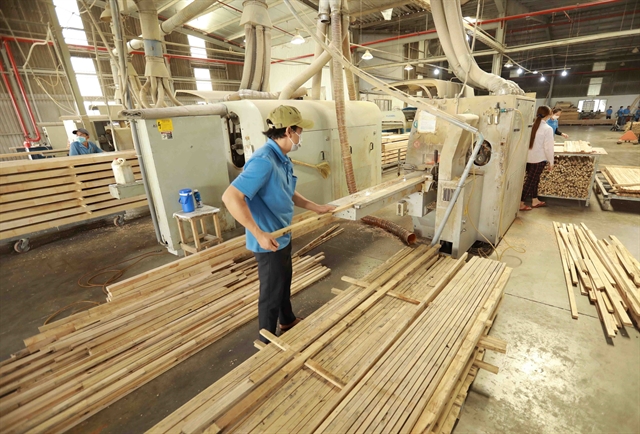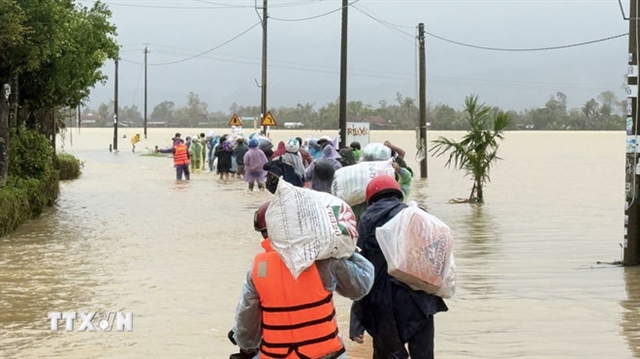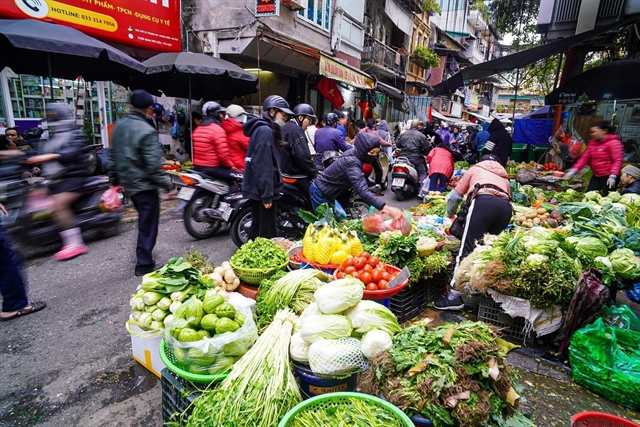 Economy
Economy
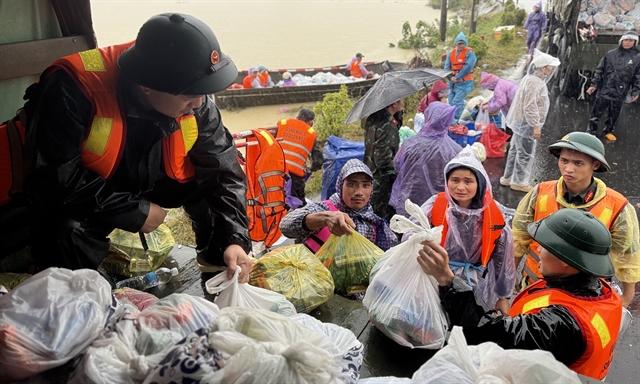
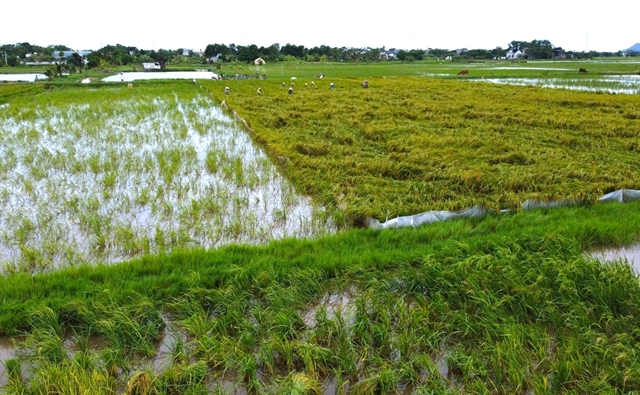
|
| A rice field destroyed by Yagi, the strongest storm to hit Việt Nam in the last three decades in Thanh Hóa Province in northern Việt Nam. VNA/VNS Photo |
HÀ NỘI — Việt Nam could export over 8.6 million tonnes of rice this year as one of the world’s leading staple food producers for more than 3.5 billion people worldwide.
Meanwhile, the Southeast Asian country has also become a major importer of rice, ranking third after Indonesia and the Philippines, according to the latest forecast by the US Department of Agriculture.
Data from the Ministry of Agriculture and Rural Development (MARD) and the General Department of Customs showed in the first nine months of 2024, Việt Nam spent nearly US$1 billion on rice imports, a 57.3 per cent increase compared to the same period last year, surpassing the total import value for all of 2023.
Business insiders said as farmers switched to cultivating high-quality rice varieties for export, imported rice was poised to surge. As of October this year, the average price for Vietnamese rice is $624 per tonne, marking a 13 per cent increase compared to the same period last year.
The data also showed that a large portion of imported rice consisted of lower-cost broken rice from India, typically used for making noodles, cakes and animal feed. Việt Nam also imported large quantities of rice from Myanmar, Pakistan and Cambodia at prices ranging between $480-500 per tonne, significantly lower than Vietnamese rice.
They said imported rice plays a significant role in the domestic market, meeting demand for a more cost-effective option without too much of an impact on domestic rice production. Instead, imported rice may very well help stabilise Vietnamese rice’s export value.
As the domestic rice supply has reached its limit, Vietnamese businesses have had to find supplies from neighbouring countries. A previously reduced summer-autumn rice crop and a traditionally low-yield autumn-winter crop are unlikely to boost domestic supply in the short term.
Representatives from both MARD and the Việt Nam Food Association said surging demand for imported rice does not mean the country’s food security is at risk. They insisted it is business as usual, even logical to source more affordable rice from foreign producers. In addition, higher demand for broken rice, typically used in animal feed, was a sign of strong economic recovery.
However, the ministry stressed the need to strengthen origin rules to ensure lower-grade rice does not hurt Vietnamese rice’s reputation in the international market. — VNS


